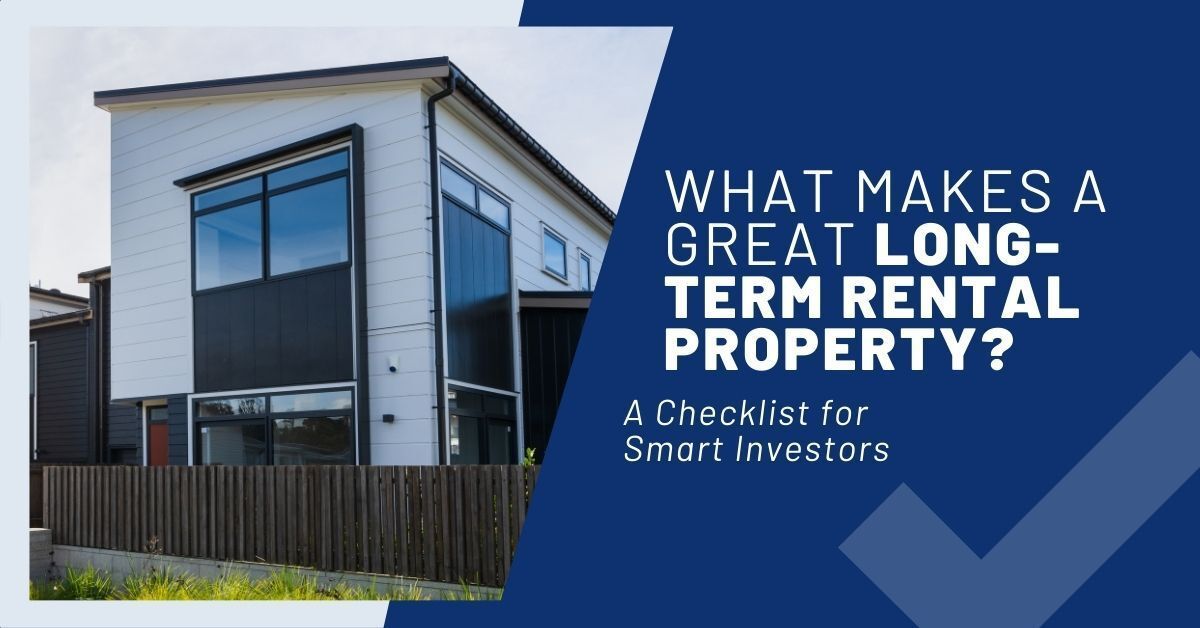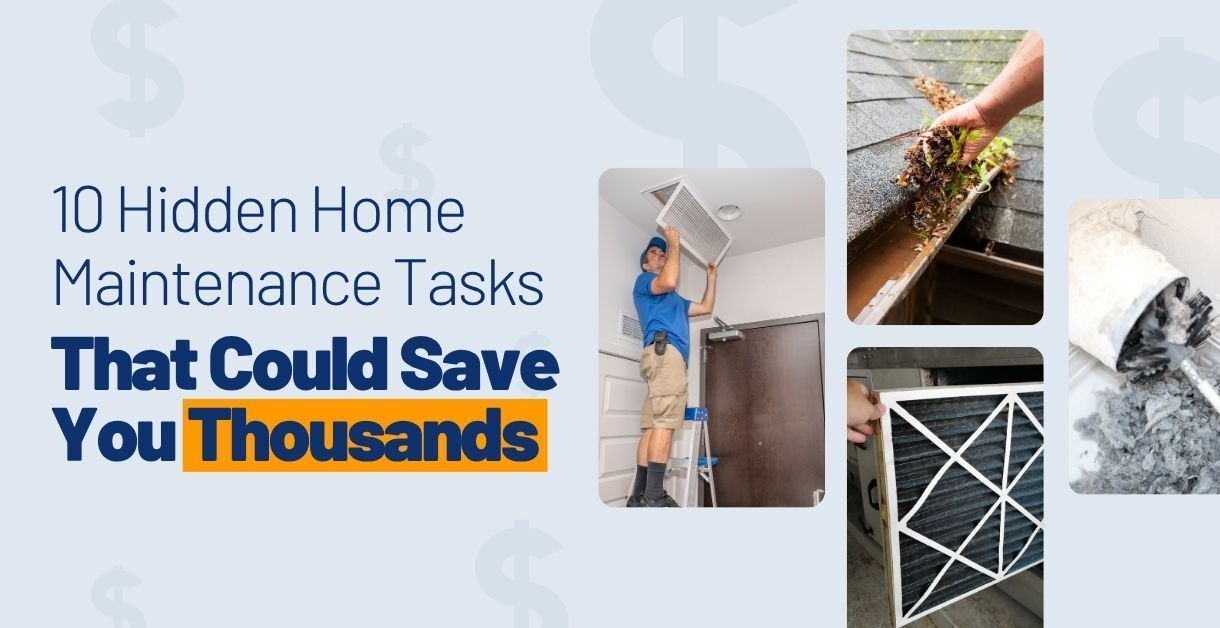6 Strategies to Save on Home Insurance Premiums
From wildfires to floods, the past few years have brought a historic number of devastating climate and weather events to the United States. In 2023 alone, there were 28 individual weather-related disasters that caused at least $1 billion in damages each.1
These events triggered a huge influx of home insurance claims, and analysts expect the increase in both catastrophes and claims to continue. Adding to the problem, construction labor and supply costs have risen, making it more expensive to repair affected homes. Consequently, home insurance rates have surged: In 2024, Bankrate reports, premiums are already up an average of 23%, following double-digit increases the previous year.2,3
In disaster-prone regions, the situation is even more challenging. Some insurers have pulled out of risky areas entirely, and many of those that still offer policies in high-risk areas have doubled or even tripled their premiums.4
For most homeowners, comprehensive home insurance coverage is crucial for financial security—but massive rate increases can turn a once-affordable home into a financial burden. They can also pose a serious challenge for sellers. A home insurance policy is typically required to get a mortgage, and, in some hard-hit regions, we’re seeing sales fall through or homes sit on the market because insurance policies are unattainable or too expensive.5,6
But don’t panic! While these broader trends may be out of your control, there’s still plenty you can do to save. Here are our top six strategies to slash insurance premiums while maintaining the protection you need.
1. SHOP AROUND
Getting multiple quotes is a smart move for many major purchases, including home insurance. We recommend reviewing at least three estimates before you commit to a policy. You can get quotes either by reaching out to insurers directly or by working with an independent insurance broker.7 You’ll need to provide detailed information about the property you’re insuring and your claims history.
Make sure you read policies carefully before you choose. Sometimes, a policy can look like a better deal at first glance but turn out to have important coverage gaps. Be sure to consider how much the policy will pay out to repair or replace your home and review caps on personal possession and liability claims. It’s also smart to read reviews from policyholders (Trustpilot is a good place to start) and ratings published by organizations like the Better Business Bureau and J.D. Power.
For help choosing the right policy, reach out to us for a list of trusted insurance professionals.
2. INCREASE YOUR DEDUCTIBLE
The size of your deductible—which is the amount you pay before your insurance coverage kicks in on a claim—is a major factor in your insurance cost.
A low deductible, such as $500, comes with higher premiums, while a higher deductible, like $2,500 or even $5,000, costs less on a monthly basis. In some cases, you may be able to customize your coverage further by designating a different deductible for certain kinds of claims, such as those caused by named storms or natural disasters.
If you are confident that you have enough in savings to cover that initial outlay if needed, choosing a higher deductible can help you save significantly over the long term. According to Nerdwallet, raising your deductible from $1,000 to $2,500, for example, could save you an average of 11% each year.8
3. BUNDLE MULTIPLE TYPES OF INSURANCE
Insurers want to get as much of your business as possible, so most offer significant discounts if you bundle your home and auto insurance, meaning that you package the two policies together. With some insurers, you can get even higher savings by bundling more than home and auto—RV, boat, jewelry, and life insurance are potential options to consider.
According to US News and World Report, insurers typically offer customers who bundle home and auto insurance 10-25% savings on monthly premiums. This approach also has other advantages: It cuts down on your paperwork, and in some cases—like if a storm damages both your home and car—you may be able to pay just one deductible instead of two when you file a claim.9
However, before you sign on the dotted line, remember strategy #1 and be sure to shop around. In some cases, bundling isn’t the cheaper option, and bundling deals vary between companies. It’s also critical to carefully check that the bundled coverage offers everything you need.
4. ASK ABOUT AVAILABLE DISCOUNTS
Did you know that being a nonsmoker might qualify you for a home insurance discount?8 Some insurers offer some surprising incentives for policyholders who pose a statistically lower risk of filing a claim. In the case of nonsmokers, that’s because of the decreased risk of a home fire.
Many carriers also offer discounts to military-affiliated families, homeowners in certain professions, such as teachers or engineers, or recent homebuyers. Sometimes, you can also save by opting for paperless billing or paying your premiums for a full year upfront.10
Since available discounts vary significantly between insurers, the best strategy is to simply ask a representative for the full list of available discounts so you can see what cost savings might be available to you.
5. AVOID MAKING SMALL CLAIMS
Worried that your premiums will rise significantly in the future? Try to avoid making a claim unless truly necessary. Many insurers offer discounted rates to policyholders who go a certain number of years without filing a claim, and filing multiple claims typically results in large increases.10 If you file too many, you may even risk nonrenewal of your policy.11
Since the cost of even a small premium increase can add up significantly over time, if you have minor damage to your home—for example, if a few shingles blew off your roof in a windstorm—it may be a wiser long-term financial decision to pay out of pocket instead of filing a claim.
If the cost of the repair is less than your deductible, it never makes sense to file, and if it’s just slightly above your deductible, it’s also usually best to pay for the repairs yourself. Additionally, always be sure to review your policy before you make a claim. Even claims that are denied can count against you, so it’s not worth filing if the damage is clearly excluded from coverage.11
If you find yourself in this situation, feel free to reach out for a list of reasonably-priced professionals who can help with home repairs.
6. BE STRATEGIC ABOUT HOME IMPROVEMENTS
Insurance premiums alone may not be the deciding factor for a home improvement project, but it’s important to know how renovations could impact your rates—for better or worse.
For example, some upgrades and repairs can reduce your premiums by making your home safer or less prone to certain types of damage. These include:12
● Upgrading your electrical system
● Updating your plumbing
● Installing a monitored security system
● Adding a fire sprinkler system
● Replacing the roof
On the other hand, some upgrades can raise premiums significantly, either because they increase the value of your home (and therefore the cost to replace it) or because they pose a hazard. These include:12
● Installing a swimming pool or other water features
● Building an extension or expanding your living space
● Upgrading materials, like flooring or countertops
● Adding a fireplace or woodstove
Whether or not your planned renovations are on either of these lists, it’s wise to inform your insurer about changes you make to your home—otherwise, you may risk gaps in coverage. And you’re always welcome to check with us before you begin any home improvement project to find out how it could impact the value and resale potential of your home.
BOTTOMLINE: Protect Your Investment Without Sacrificing Enjoyment of Your Home
Getting the coverage you need for financial security without overpaying can be a tricky balance, especially in today’s environment. But remember, while it’s important to find the best deal you can, home insurance isn’t an area to skimp on.
For advice on your specific risks and the type of coverage you need, we recommend consulting with a knowledgeable insurance professional. We’re happy to connect you with a trusted adviser in our network. And if you’re considering a home renovation, feel free to reach out for a free consultation on how it might affect your property value (and your premiums).
The above references an opinion and is for informational purposes only. It is not intended to be financial, legal, insurance, or tax advice. Consult the appropriate professionals for advice regarding your individual needs.
SOURCES:
1. Climate.gov -
https://www.climate.gov/news-features/blogs/beyond-data/2023-historic-year-us-billion-dollar-weather-and-climate-disasters
2. Bankrate -
https://www.bankrate.com/insurance/homeowners-insurance/homeowners-insurance-cost/
3. Policygenius -
https://www.policygenius.com/homeowners-insurance/home-insurance-pricing-report-2023/
4. CNN -
5. BBC -
https://www.bbc.com/news/business-66367224
6. US News -
https://realestate.usnews.com/real-estate/articles/how-climate-change-could-impact-your-home-value
7. Nerdwallet -
https://www.nerdwallet.com/article/insurance/how-to-shop-for-homeowners-insurance
8. Nerdwallet -
https://www.nerdwallet.com/article/insurance/save-on-homeowners-insurance
9. US News and World Report -
https://www.usnews.com/insurance/homeowners-insurance/how-to-bundle-home-and-auto-insurance
10. Marketwatch -
https://www.marketwatch.com/guides/insurance-services/how-to-save-on-homeowners-insurance/
11. Bankrate -
https://www.bankrate.com/insurance/homeowners-insurance/when-to-file-a-home-insurance-claim/#when
12. Bankrate -
https://www.bankrate.com/insurance/homeowners-insurance/home-insurance-and-renovations/





